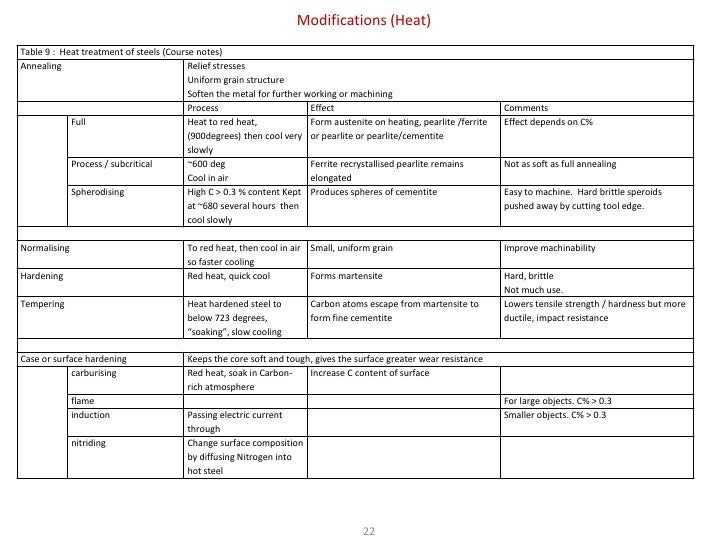
Image source: https://nativecooperative.com/wp-content/uploads/2017/12/1514240109_s-l1600.jpg
I suggest that you hearken to sound samples or better yet play flutes of thousands keys to the truth is feel what key is easiest for you. You will know it when what you hear feels right to you.
Love flutes within the keys of A above middle C through E below middle C are often called mid diversity flutes. Lower keyed flutes are called bass flutes when they are within the octave below C and double bass flutes when they are two octaves below. Higher keyed flutes are called treble flutes.
Native American style flutes are made in many distinct keys. The key of the flute is the integral (lowest) note that the flute can play. So a Love flute within the key of A will have a integral note this is often an equivalent tone as the note A above the middle C on a piano. This sure A is calibrated to vibrate at a speed of 440 Hz. An Indian flute in a higher key than A - a C for example - will have a faster vibration rate and higher tone. A flute in a lower key - for example E - will have a lower rate of vibration and a lower tone. The flute in a higher key will have a shorter barrel period than a flute with a lower key. For example the flute within the key of A discussed above will have a barrel period of approximately twelve and a half of inches. A flute within the key of E below middle C - lower tone than A - will have a barrel period of around seventeen and a half of inches. The barrel of the flute is the hollow chamber within which sound vibrations are generated. A Native American style flute has a second chamber called the slow air chamber. This adds further period to the flute. So, the universal period of the flute is higher than the barrel period alone. For example an Ancient Territories Native American style flute within the key of A is twenty-one inches in period from one end to the other.
The key of F# is sometimes called the de facto key of the Native American style flute. It has achieved this status by usage. The majority of recorded Native American style flute music is performed with an F# flute. Also, F# is a very popular flute key among amateur players. There looks to be no rational explanation for this. Perhaps it is because so much NA flute music is music of the heart. The only challenge with an F# flute is that it is not a typical musical key. So other musicians - guitarists, pianist and the like - may have a tough time playing with you. The keys of A, G and E are more usual.
The tonal quality of both particular person note is unique. So also is the tonal quality of flutes in distinct keys. A flute within the key of A will play a mode one pentatonic scale consisting of the notes A, C, D, E, G. A flute within the key of G will play a mode one pentatonic scale consisting of the notes G, A#, C, D, F. So, as you can still see (and hearken to) flutes in distinct keys will play scales composed of distinct combinations of notes.
The sound of a Love flute within the key of F, E, Eb or D is more meditative in quality. Most of the prospective traders who sample the sounds on my website are attracted to these lower keyed flutes.
As you can still imagine lower keyed Native American flutes might be a bit of more tough to carry and play. Not only is a flute in a lower key bigger and heavier. But, the tone holes that the palms must canopy are further apart. Therefore a novice is entreated to start with a comfy sized flute together with an A or G as opposed to the longer and lower toned flutes together with F#, F and E.
Some persons experience both note as having a corresponding color. Or the distinct notes may also be compared to distinct flavors of sound. Just as there are distinct flavors of ice cream there are distinct flavors of sound. The note G has a distinct tonal flavor than the note A. Higher sounding notes that vibrate at more rapid rates have/convey more energy. They are more stimulating. Lower notes are more relaxed and meditative. Perhaps you are familiar with the sound of the Penny Whistle used in much Irish dance music. The Penny Whistle is mostly within the key of what is usually called high D. High D is the second D above middle C on the piano. This instrument has a very penetrating and stimulating sound. The dance steps of Irish clog dancing reflect this intensity. They are rapid and energetic. The dancers whirl and stomp. Contrast this to the music of a waltz within the key E.
